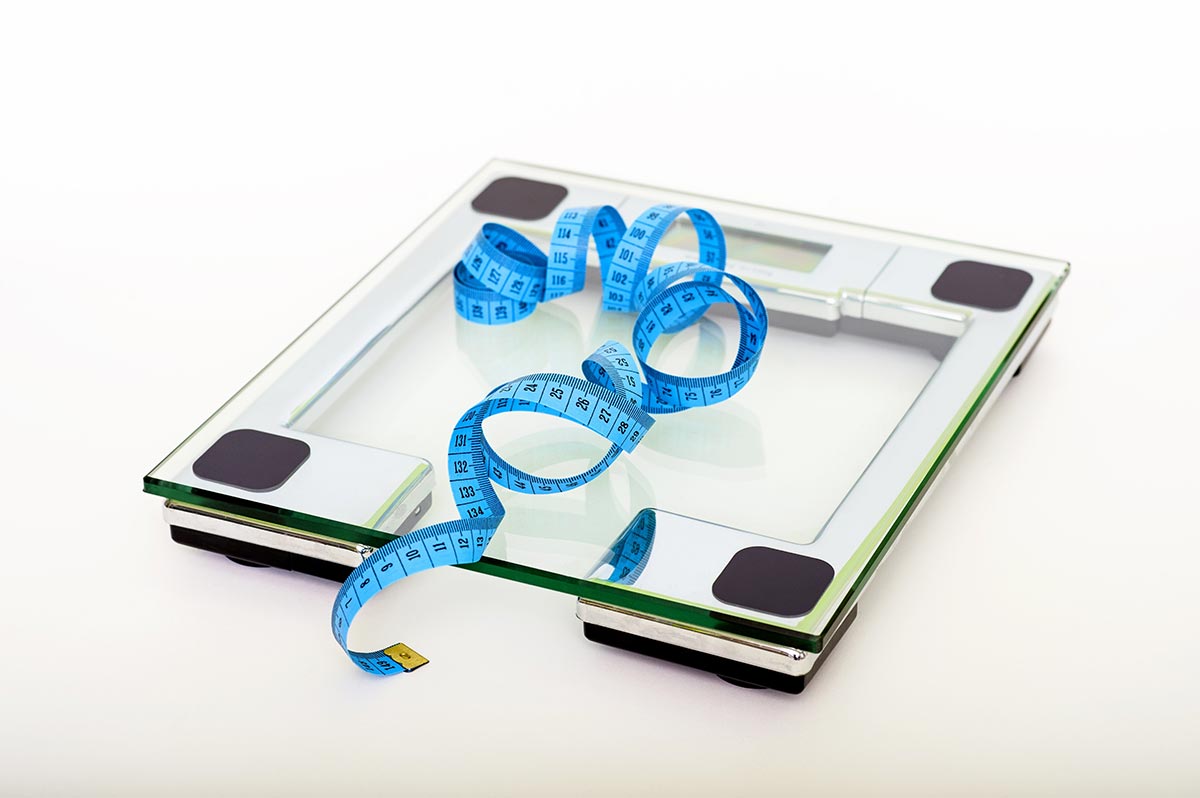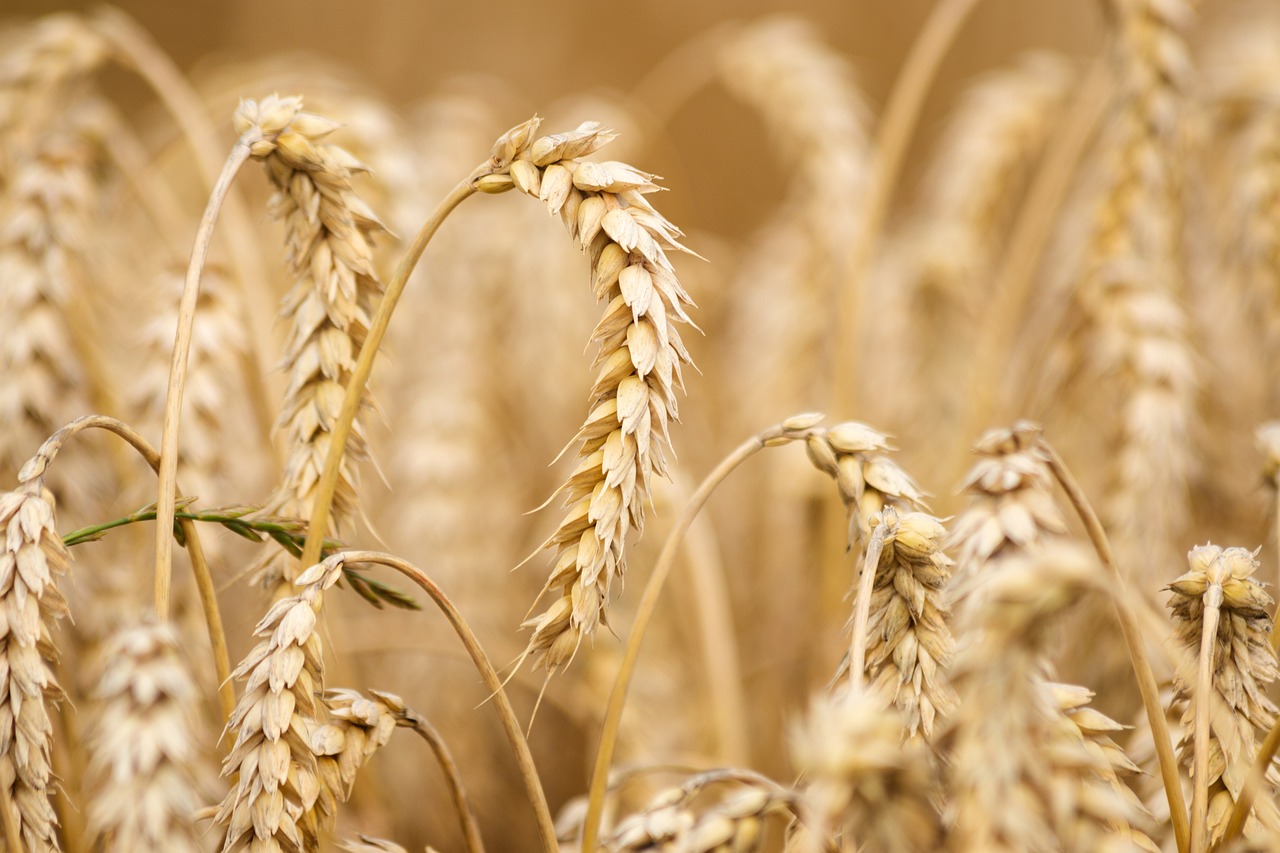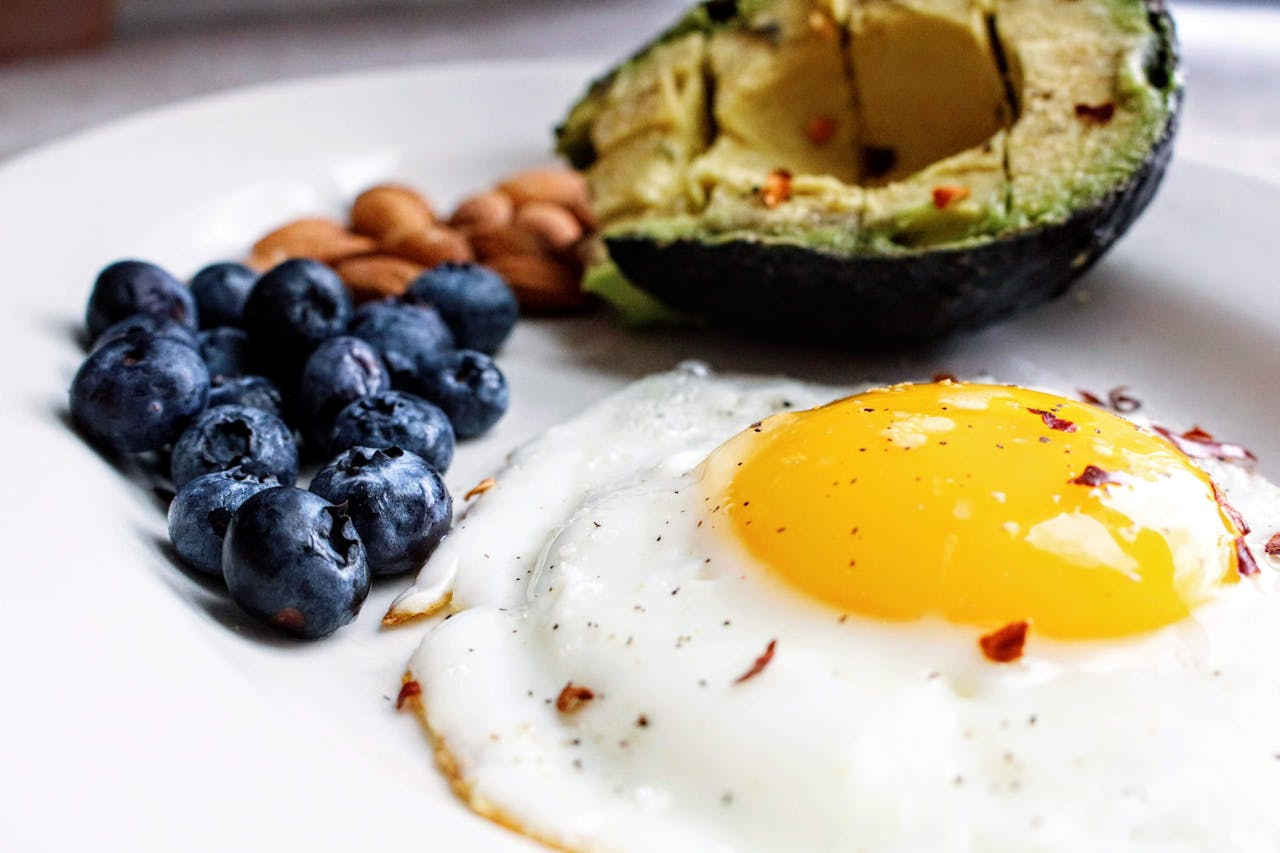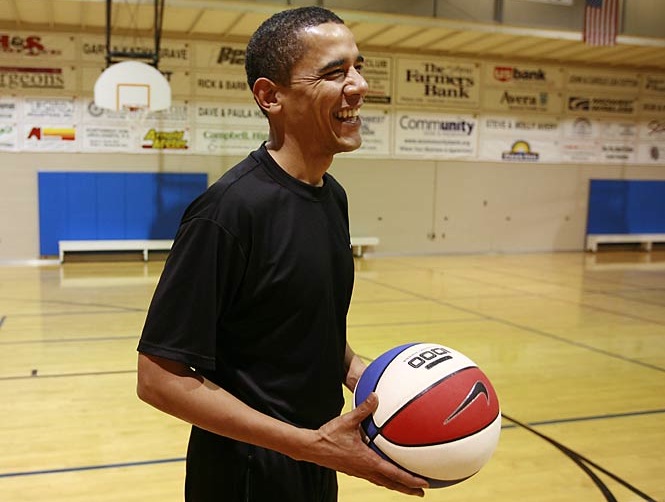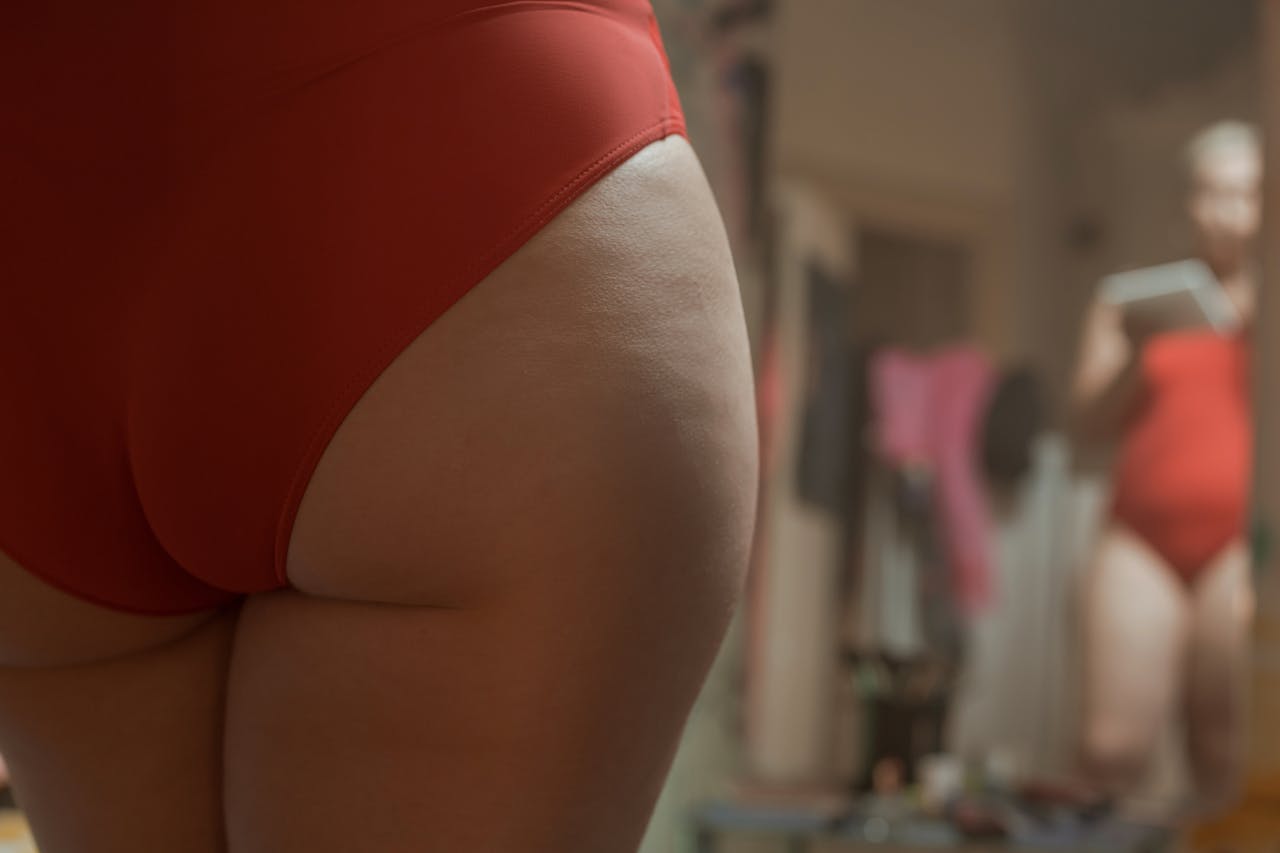1. Welcome to the Trap – Dopamine Gone Wild
You wake up at 5 a.m., dry scoop your pre-workout, scroll through five hyper-edited Instagram reels about someone else's perfect abs, and head to the gym. But instead of feeling fired up, your motivation is flatter than yesterday's protein pancakes. Welcome to the dopamine trap—where your brain, overstimulated by artificial highs, stops responding to real effort.
Dopamine, often misbranded as a "pleasure hormone," is actually your brain’s motivation currency. It’s about anticipation, not satisfaction. Modern fitness culture floods your system with stimuli: bright screens, dramatic before-and-after shots, and the sweet hit of a PR. But the more you chase novelty, the more your reward system dulls.
2. The Science of Reward: Why Everything Feels Harder
Dopamine follows a pattern: cue, anticipation, reward. The spike comes before you even touch a dumbbell. That’s why watching workout content can feel more rewarding than training itself. But here’s the twist: the brain adapts. Enter the "reward prediction error"—the gap between expected and actual reward. When your brain is bombarded with low-effort, high-dopamine hits, the real thing (like progressive overload) stops feeling worth it.
Studies in behavioral neuroscience confirm this desensitization effect. Dopamine receptors downregulate when overstimulated[1]. You train harder, scroll more, caffeinate stronger—and feel... nothing. Motivation decay isn’t weakness. It’s biochemistry.
3. From Gym Rats to Zombies: Overtraining & Dopamine Depletion
Let’s talk overtraining—not the physical kind, but the neurochemical one. Ever feel like your workouts are solid, your macros dialed in, but your drive is gone? Chronic overtraining elevates cortisol and suppresses dopamine synthesis, especially in the mesolimbic pathway[2]. This leads to classic symptoms: emotional flatness, loss of enjoyment, reduced drive.
Athletes experiencing dopaminergic burnout report feeling like they’re “going through the motions.” Nothing feels exciting—not even PRs or pump selfies. This isn’t laziness. It’s a signal: your brain is depleted. Periodization isn’t just for muscles—it’s for motivation too.
4. The Instagram Problem: Short-Form, Short-Term Motivation
Scroll. Swipe. Like. Repeat. Short-form content delivers rapid dopamine microbursts. But the human brain wasn’t designed for constant novelty. Every scroll trains you to expect instant gratification, making delayed rewards (like gym progress) seem unappealing. You scroll past your recovery, and your brain notices.
Studies link high social media use to reduced gray matter in areas linked to impulse control and reward processing[3]. In short? Instagram might be making you weaker—mentally.
5. Dopamine Detox: Trend or Therapeutic Tool?
The concept of a "dopamine detox" exploded online—but is it legit? Kind of. The goal isn’t to eliminate dopamine (good luck), but to reduce artificial overstimulation. Structured breaks from social media, excessive caffeine, or novelty-seeking behaviors allow your baseline to reset.
In fitness, this means screen-free recovery time, simple meals, unplugged walks, or journaling. Even a 24-hour break can improve focus and mood[4]. Like any recovery protocol, consistency matters more than intensity.
6. Table: Dopamine Sources & Their Recovery Impact
| Source | Dopamine Spike | Impact on Recovery |
|---|---|---|
| Instagram Reels | High | Disrupts focus, shortens attention span |
| Pre-workout caffeine | Medium-High | Delays sleep, elevates cortisol |
| Heavy lifts | Moderate | Boosts natural dopamine via reward |
| Cold showers | Low-Moderate | Stimulates alertness sustainably |
| Meditation | Low but stable | Supports long-term resilience |
7. Building Resilience: Train Your Motivation Muscle
You can't supplement your way out of dopamine fatigue—but you can rewire it. How? Through low-stim activities that teach the brain to enjoy slow, meaningful progress. Think nature walks, long-form journaling, breathwork, and deliberate practice. Neuroplasticity rewards consistency.
Fitness should feel fulfilling, not like chasing a dragon. Training motivation is a skill—one built through balance, not just brute force. As with squats, depth matters more than frequency.
8. Laugh, Rest, Repeat: Recovery Isn’t Lazy
High performers—Olympians, CEOs, elite soldiers—schedule recovery as seriously as workouts. Rest isn't weakness. It's the hidden half of strength. In a world that worships the hustle, the truly disciplined learn when to pause.
So go ahead: skip the scroll, take that nap, walk without a podcast. Detox your dopamine before it detoxes you. And remember: balance is anabolic. Literally.


